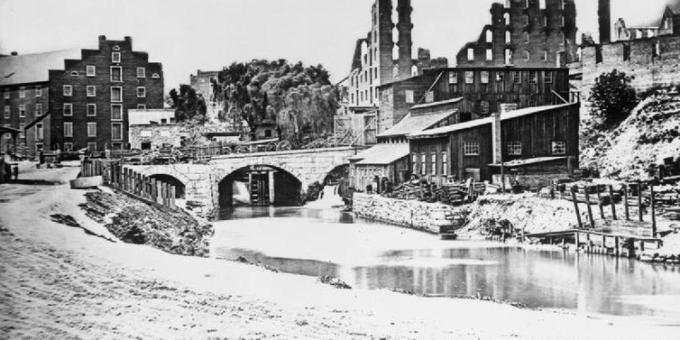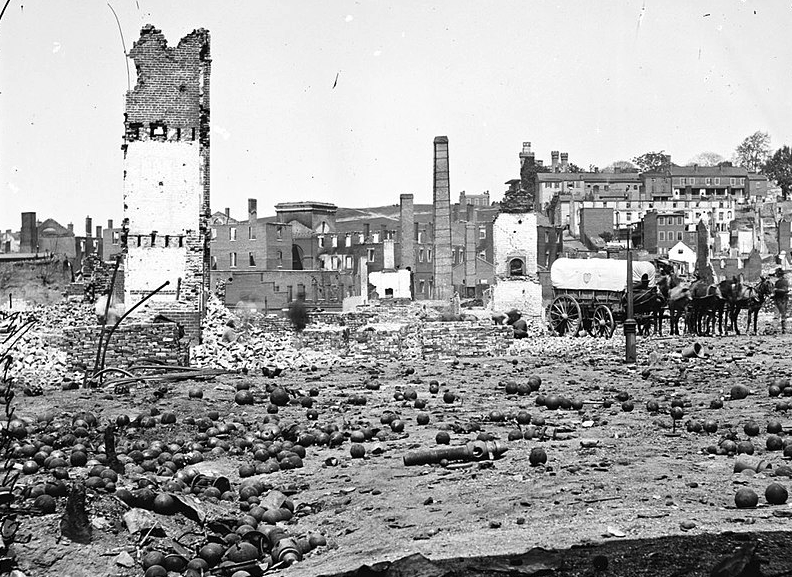
Relics have been faked since ancient times, and American Civil War fakes are everywhere.
The following article from 1911 details how canon balls and minie balls are faked.
How Relics are Faked
A careful observer who has visited many of the world’s great battlefields declares that the greater part of the mementoes, of which there seems to be an inexhaustible supply, are wholly spurious; but so well are they simulated that the average visitor is content.
Pieces of shell are made by casting hollow spheres and cracking them with a sledge.

The fragments are then treated to a bath of diluted nitric acid and allowed to gather rust in the open air.
The appearance of verdigris is easily procured, when desired, by the use of copper in solution.
The writer was shown several basketfuls of pieces of shell, all of which seem to be at least 30 or 40 years old.
The acid has slightly honeycombed the edges, and they looked exactly as if corroded by long burial beneath the soil.
Such trifles as single bullets and minie balls are made with the greatest ease in an ordinary mould. They are dented with a small hammer and given the requisite discoloration by remaining for a few days in a bucket of lime.
The more elaborate relics, such as sword belts, spurs, pieces of harness, bayonets, canteens, and so on, are turned out by individual workmen, who make a good profit out of the business.
Source: The Libby herald. (Libby, Mont.), 17 Aug. 1911.

